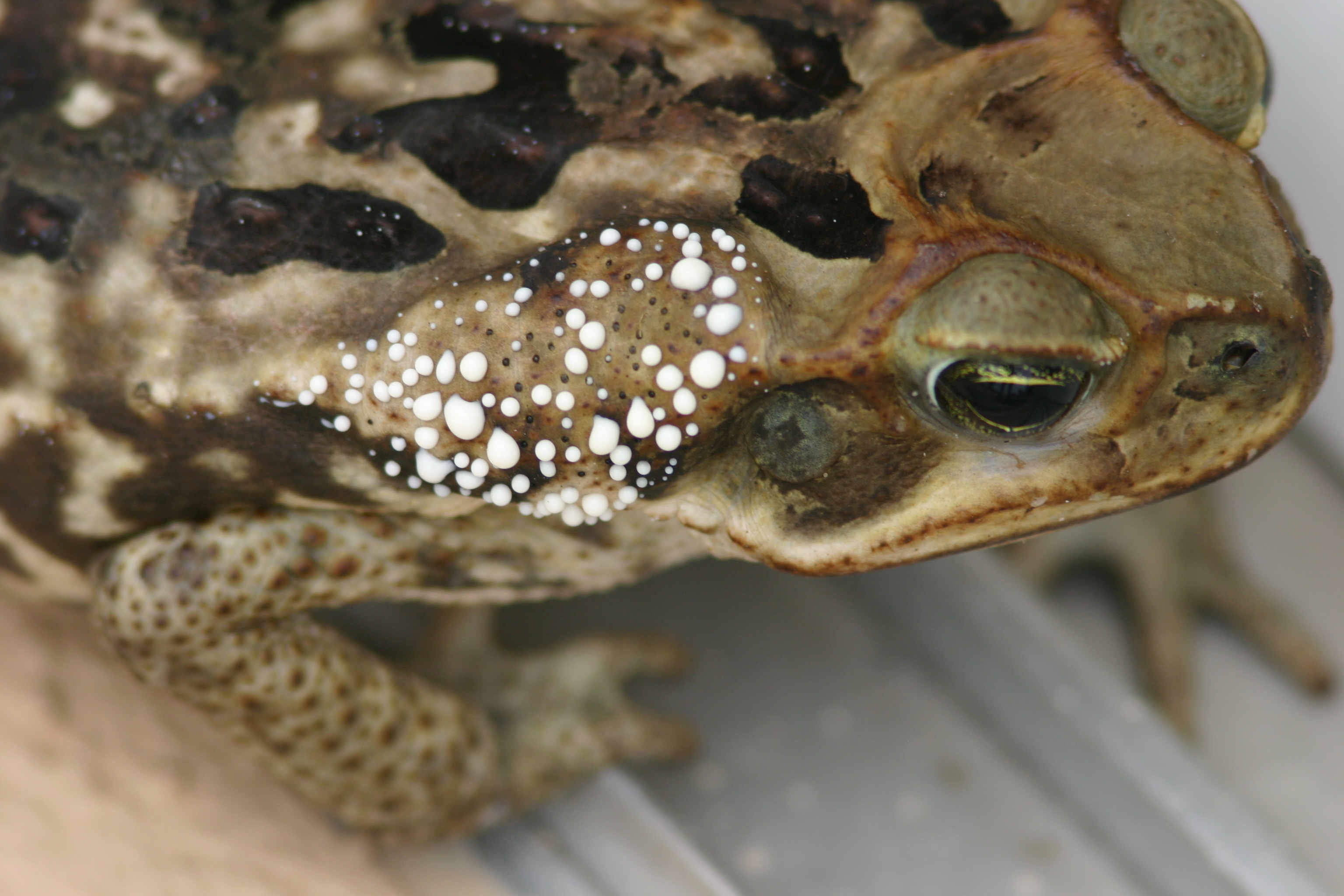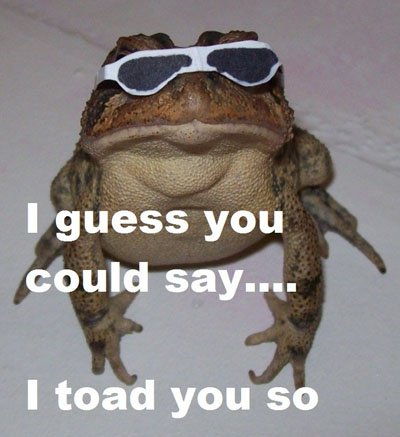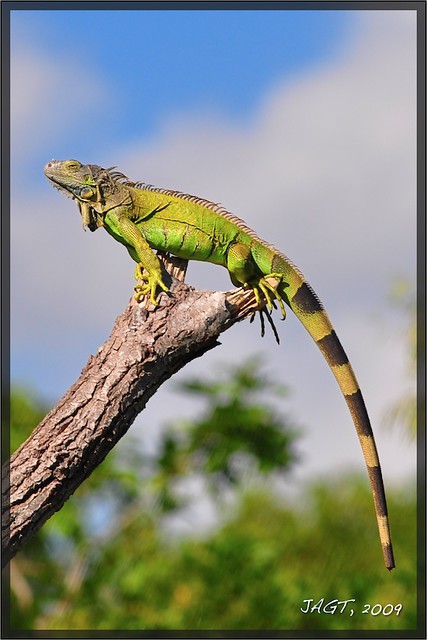Black Caiman (Melanosuchus niger)
Order: Crocodylia
Family: Alligatoridae
Description: This crocodilian is one of the largest reptiles, and adults are at least 4 meters in length. Black caimans are dark in coloration, and can look similar to spectacled caimans. The distinguishing difference between the two is that the spectacled caiman has a light colored jaw, while the black caiman’s jaw has three black spots on it. As in other caiman, it has a bony ridge from the eyes down to the snout. The black caiman is also distinguishable by its eyes, which are bigger than other caimans.
Distribution and habitat: The black caiman is found in several countries in South America, such as Brazil, Bolivia, Colombia, and Ecuador. It lives in freshwater habitats, such as streams and lakes.
 |
| Distribution of black caiman |
Diet: Black caiman eat fish, including piranhas, as well as aquatic vertebrates. They are also known to eat capybaras, which are large rodents that are about a meter long. Due to their good sight and hearing, black caimans are also good terrestrial hunters at night.
.jpg) |
| Eating a piranha |
Reproduction: Black caimans make a nest during the dry season, and the female will lay 30 to 65 eggs. Females stay with the nest until the eggs hatch, which is thought to be between 42 and 90 days after they are laid. The female also helps her offspring to hatch. Hatching occurs the beginning of the wet season, the mother shows parental care by protecting her offspring from predators.
Conservation status: As with many crocodilian species, black caiman were at one point heavily hunted for their skin, which was used to make a black leather. Hunting black caiman became popular in the 1950s, and eventually they were nearly driven to extinction. However, conservation programs were created to protect them, such as captive breeding and reintroduction in Bolivia in the 1990s. Today the species has recovered, and their wild population is estimated to be about 1,000,000.
Personal interaction: In July 2010, I got the chance to go to the Pantanal in Brazil, where black caimans live. After visiting there, it feels as if saying their population has recovered is an understatement—they were everywhere. It was really cool to see hundreds of them in one place. They also had a much more passive character than I expected. One night while I was out walking, I almost tripped over one. Luckily, it didn’t seem to care, and the caimans seemed not to pay attention to others when they crawled all over them. Since they didn’t mind humans being so close, I was able to get some good photos, so the pictures on here of black caimans are ones that I took.
More Sources:











